Reports on the status of solar and renewable energies
A collection of reports from ISES Members and Partners on the status of renewable energy on a local to a global scale.
Renewables 2018 Global Status Report
The 2018 Edition of the REN21 Renewables Global Status Report reveals a global energy transition is possible, but advances so far are uneven across sectors. The year 2017 was another record-breaking one for renewable energy, characterized by the largest ever increase in renewable power capacity, falling costs, increases in investment and advances in enabling technologies. This year's report continues REN21's long-standing tradition of providing the most up-to-date data and informative infographics to detail renewable energy's contribution to the energy transition.
Despite these positive developments, much more work is needed to achieve the goals established in the Paris Agreement to keep global temperature rise well below 2 degrees Celsius. So how can we continue the momentum of the energy transition with renewables?
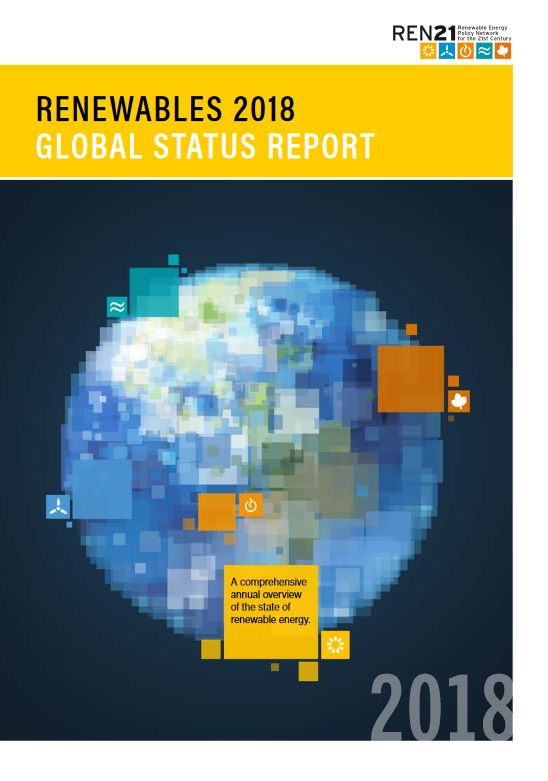
Renewable Energy Policies in a Time of Transition
Renewables have experienced a remarkable evolution over the past decade now forming the cutting edge –with energy efficiency– of a global energy transition. The growth in the deployment of renewable energy technologies now outpaces that of any other energy source. But progress has not been homogenous. Uneven uptake, barriers ranging from technology and financial risks, and integration challenges in markets with high shares of renewables persist. This new joint publication of REN21, the IEA and IRENA outlines the options available to policy makers to support the development of renewables. An updated policy classification and terminology provides a global reference for policy instruments. The final chapter, “The Way Forward” proposes a holistic approach for policy making.
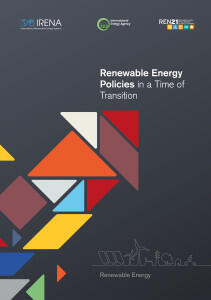
Guideline to Introducing Quality Renewable Energy Technician Training Programs
This document is a joint publication of the IEA PVPS (International Energy Agency’s Photovoltaic Power Systems Programme) Task 9 and the International Solar Energy Society (ISES).
The guide provides an overview of:
- Quality Training Frameworks;
- The processes involved in developing competency based Quality-Training programs; and
- The capacity building requirements for the technical and vocational education sector
The overall objective of the guide is to enable stakeholders to identify the best way to introduce renewable energy courses into an existing quality training framework or, if one does not exist, to establish a process whereby the training being provided is following quality procedures. The guide concludes with recommendation that the Global Renewable Energy Industry should consider the introduction of an international framework that would provide a mechanism for renewable energy training programs to be accredited by a third party.
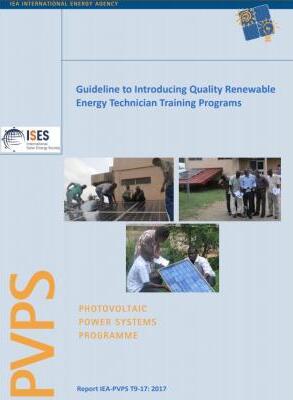
Annual Review 2018 - Renewable Energy and Jobs
IRENA’s Annual Review 2017 – Renewable Energy and Jobs provides a comprehensive summary of the most recent developments in renewable energy job markets. Globally in 2016, the renewable energy sector employed 9.8 million people, directly and indirectly – a 1.1% increase over 2015. Jobs in renewables, excluding large hydropower, increased by 2.8% to reach 8.3 million in 2016. The most consistent increase has come from jobs in the solar PV and wind categories, together more than doubling since 2012. The report also looks at some of the remaining entry barriers for greater gender balance in the sector, which compares favourable to the energy sector at large, however.
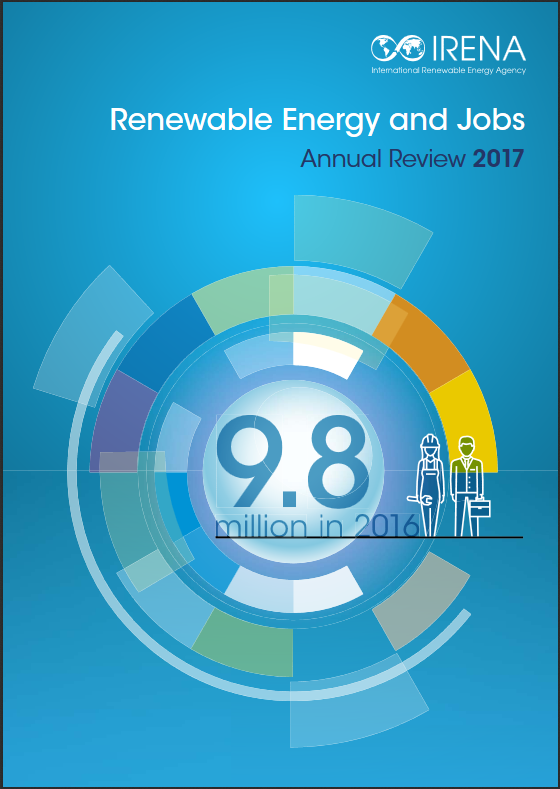
Renewable Energy Benefits
The rapid creation of jobs by technology is showcased in IRENA’s reports on Leveraging Local Capacity for Onshore Wind and for Solar PV, which guides decision makers in formulating education and training policies to support the future renewable energy labour market. IRENA also evaluated renewable energy manufacturing potential in the MENA region. The studies recommend better coordination of RE policies, establishing a regional financial framework and facility, promoting cross-border trade, R&D collaboration and supporting the local industry.
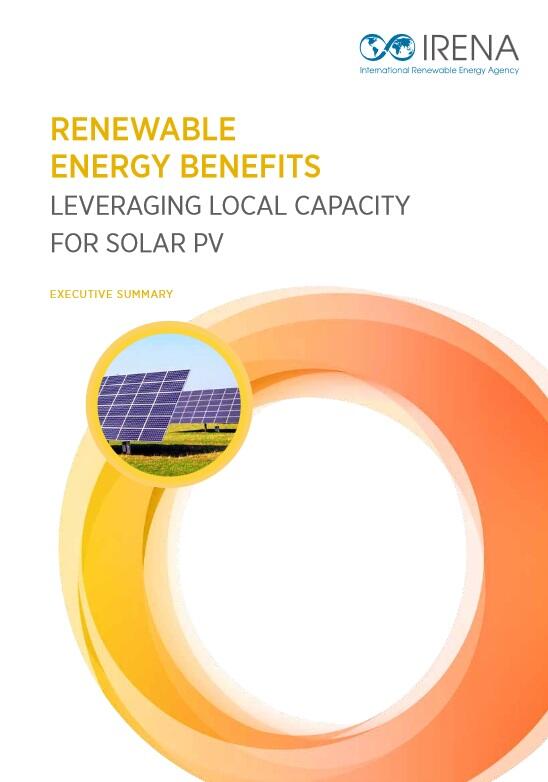
100% RE Building Blocks: A toolkit for a sustainable transition to 100% Renewable Energy
In conjunction with the official launch of the Global 100% Renewable Energy Platform, the organization has released a comprehensive toolkit to support the 100% renewable energy transition by providing policy makers, governments, and community champions with the tools to create their own 100% renewable energy roapmaps.
The full report, executive summary, and printable toolkit can be found on the go100RE website.
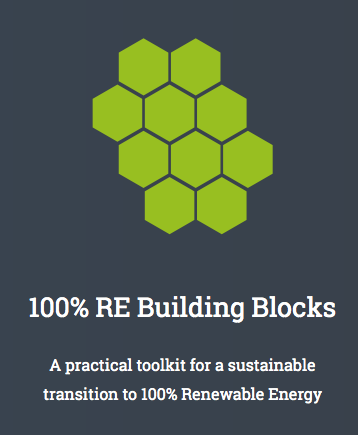
Climate Action Programme 2016-2017
The 10th anniversary edition of the Climate Action Programme is now available. The report features world-class though leadership from ministers, United Nations leadership, business leaders and experts in finance and industry.
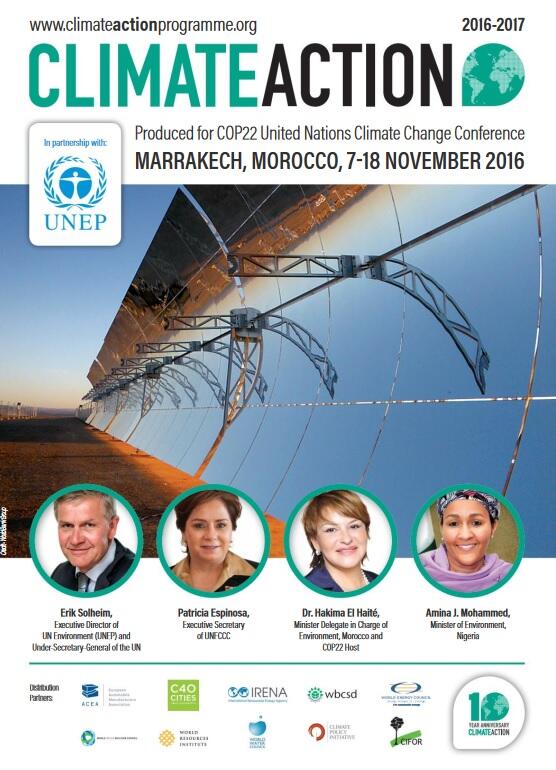
Global Solar Power Market Outlook: 2017-2021
SolarPower Europe's annual Global Market Outlook for Solar Power is now available for download.
The report features insight on:
- Global solar market
- Trends: What's next for solar?
- The Chinese market
- The European Solar Market
- Solar in the European electricity system
- Global Market Outlook for solar power
To download a copy of the report please visit the SolarPower Europe website.
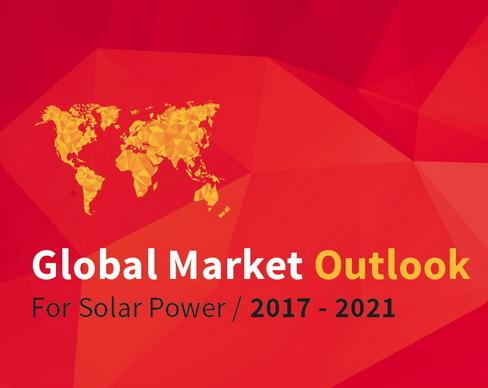
Sun and Wind Energy - Intersolar special edition
The latest Sun and Wind Energy publication provides a preview for Intersolar & EES 2017 North America as well as news on the latest technologies in PV inverters and solar thermal technologies.
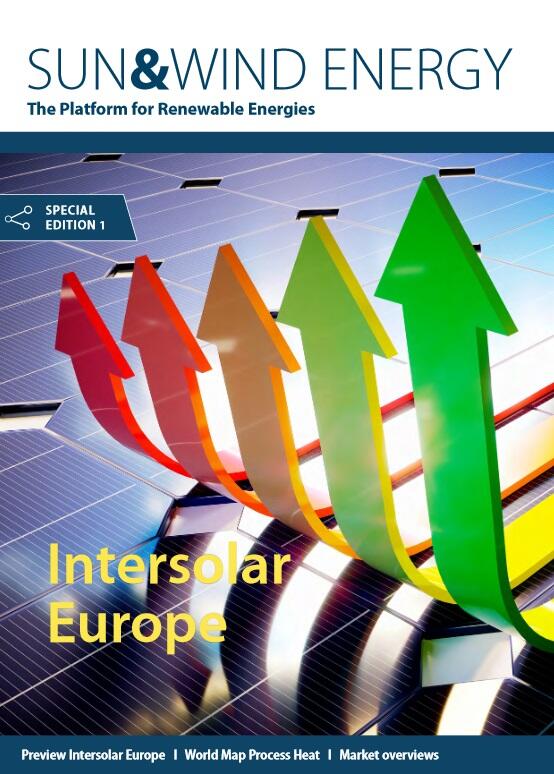
Reports from IEA PVPS
The IEA PVPS has a large database of reports published on a variety of solar energy related topics.
Refer to the the IEA PVPS publications page for more information.
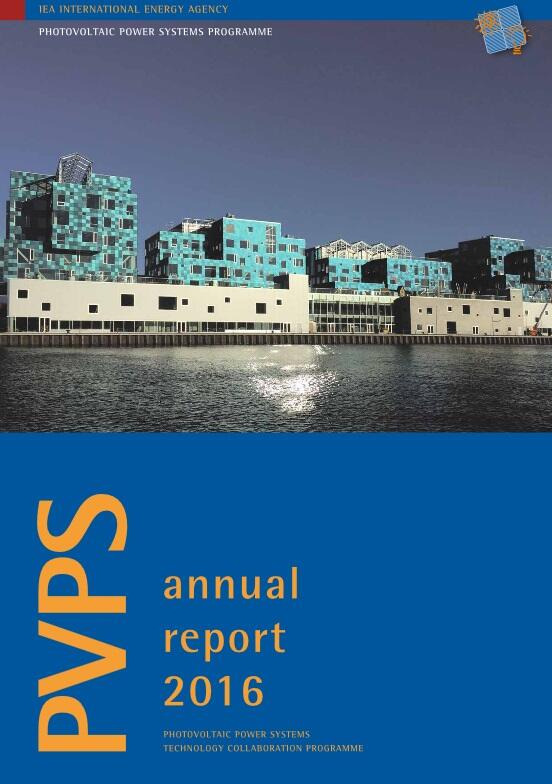
Solar Heat for Industry: Info brochure
The first publication of the international Solar Payback Project is now available.
For industrial clients or political decision makers the report illustrates the potential of solar heat technologies in manufacturing businesses, the suitable market segments and the system integration options.
The brochure can be downloaded in English or Spanish.
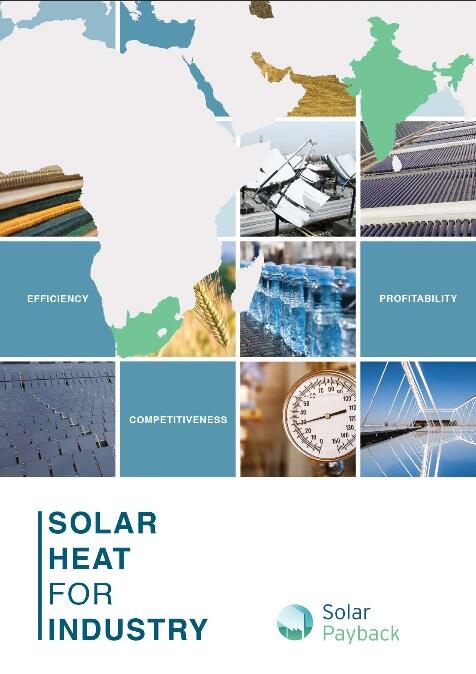
REN21: Renewables Global Futures Report: Great debates towards 100% renewable energy
4.April.2017
In a new REN21 report, 114 renewable energy experts from around the world share their views on some of the most pressing subjects facing the renewable energy industry, including:
- 100% renewables by 2050: likelihood and feasibility
- The future of heating: thermal versus electrification
- Renewables in transport: electric versus biofuels
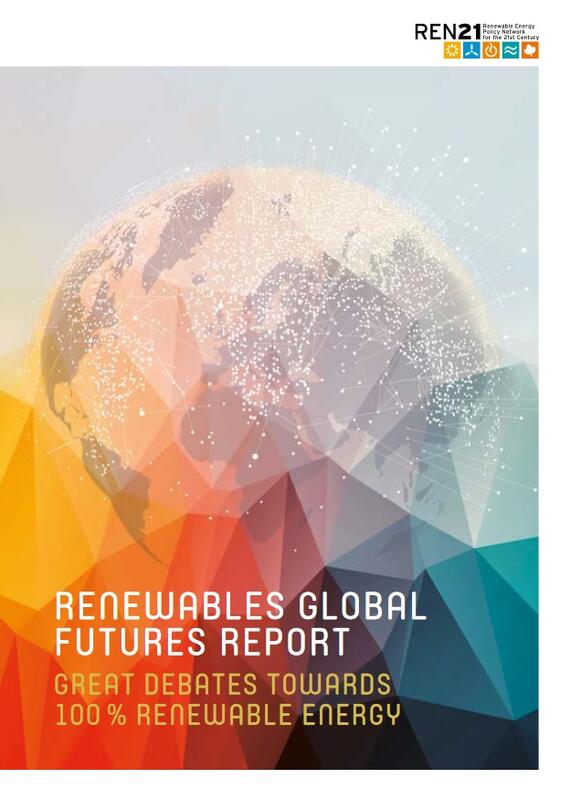
Decentralized Renewables: From Promise to Progress
04.April.2017
A Policy Roadmap for Clean, Rapid Rural Electricity Access
To end energy poverty, we need to change business as usual. Power For All's new report calls for action: to set the target, end the implementation gap and give the decentralized renewable energy sector a leading role in policy making.
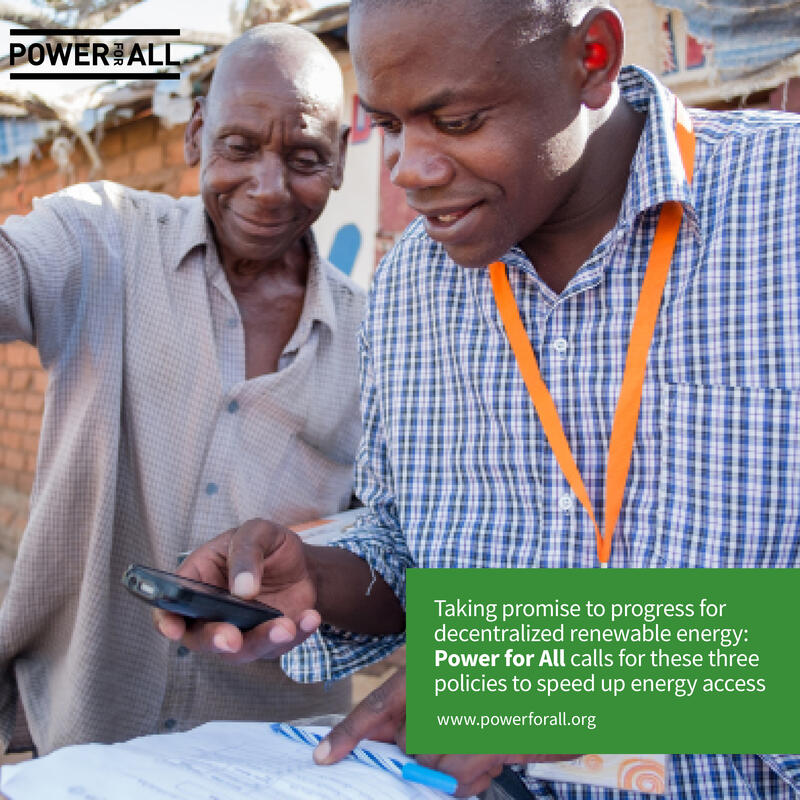
The Age of Renewable Power: Designing national roadmaps for a successful transformation
This report, a key part of IRENA’s Power Sector Transformation package, provides a framework for developing national roadmaps to guide each country’s power sector towards reliance on mainly renewable energy sources.
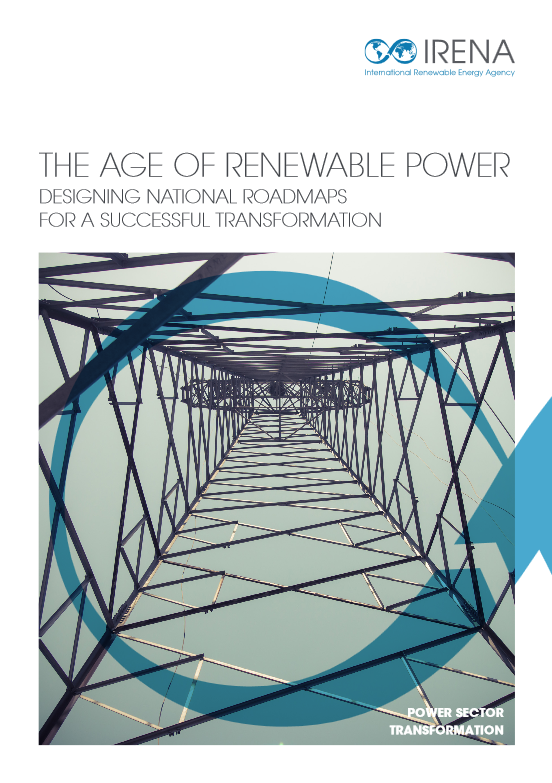
Big Solar - How to; A Plan for Big Solar (2015)
Authors: Marc Perez and Richard Perez
This 2015 document provides an update to the 2009 note "A fundamental look at energy reserves for the planet", published by the authors for the IEA Solar Heating & Cooling programme.
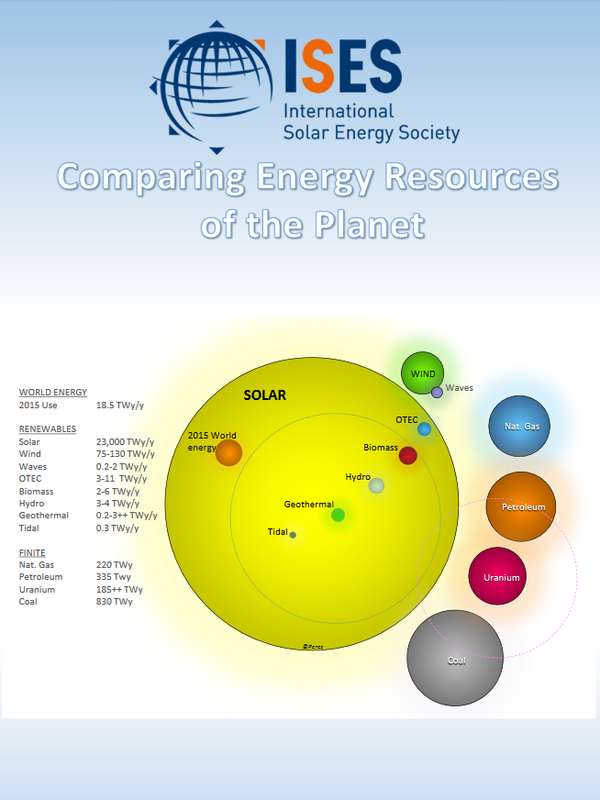
SAIREC Issue Paper: Technology Innovations: Solar - Off-grid (2015)
Authors: Jennifer McIntosh (ISES Head of Secretariat) and Moeketsi Thobela (South African Solar Photovoltaic Industry Association)
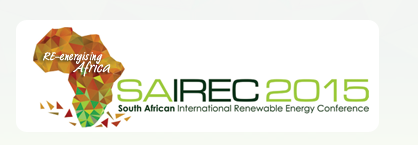
REN21: Renewables Global Status Report 2015
The report draws on an international network of over 500 authors, contributors, and reviewers from over 130 countries.

2016 a Record Year for Renewables, Latest IRENA Data Reveals
Read the official press release here.
The latest release of IRENA's Renewable Capacity Statistics report shows 2016 as a record year for renewable energy capacity additions. Highlights include:
- 161 GW of renewable energy capacity was added globally in 2016
- Solar lead the way with 71 GW of capacity additions (32% growth)
- China represented over half of all new solar capacity added in 2016 (34 GW)
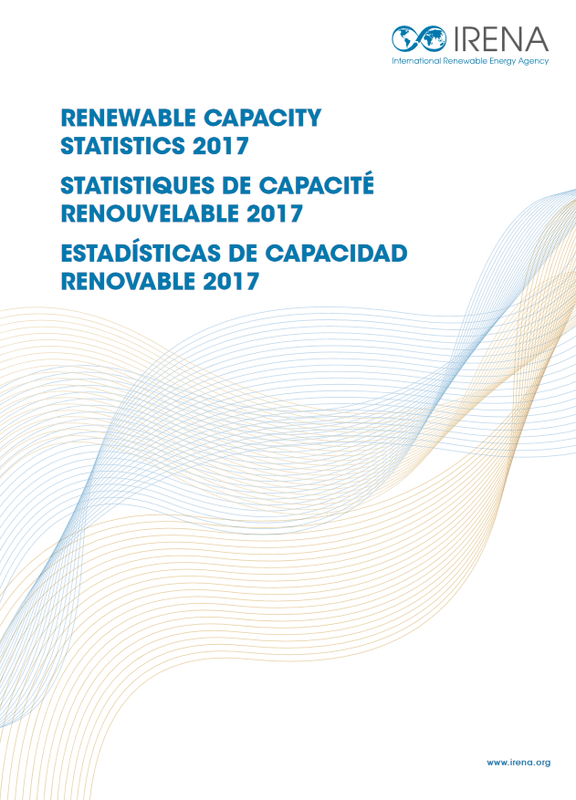
Pathway for the 100% Renewable Energy Transition: Energy [R]evolution 2015
In the latest version of the Energy [R]evolution report Greenpeace outline why 100% renewable energy for all is achievable by 2050.
Dynamic change is taking place in the energy sector. Renewable energies have become mainstream in most countries, and prices have fallen dramatically. The report shows how we could transform our energy supply, switching to renewables, which would mean a stabilization of global CO2 emissions by 2020, and bringing down emissions towards near zero emissions in 2050.
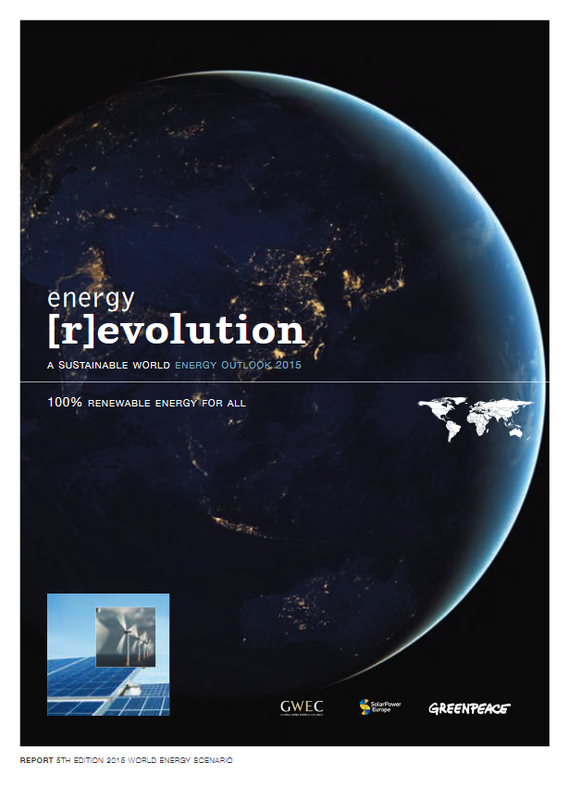
REN 21 - Global Status Report 2018
This year’s report continues REN21’s long-standing tradition of providing the most up-to-date data and informative infographics to detail renewable energy’s contribution to the energy transition.
The year 2017 was another record-breaking one for renewable energy, characterized by the largest ever increase in renewable power capacity, falling costs, increases in investment and advances in enabling technologies.
Despite these positive developments, much more work is needed to achieve the goals established in the Paris Agreement to keep global temperature rise well below 2 degrees Celsius. So how can we continue the momentum of the energy transition with renewables?
Renewable Energy Production Data
ISES is providing this information to make information about renewable energy production available and visible. If you would like to see other renewable energy production available on this page or have suggestions on live charts we can add, please contact us at public.relations(a)ises.org.
The chart below is provided by the Open Platform for National Electricity Market Data for Australia. The OpenNEM project aims to make the wealth of public National Electricity Market (NEM) data more accessible to a wider audience. Click here to learn more.